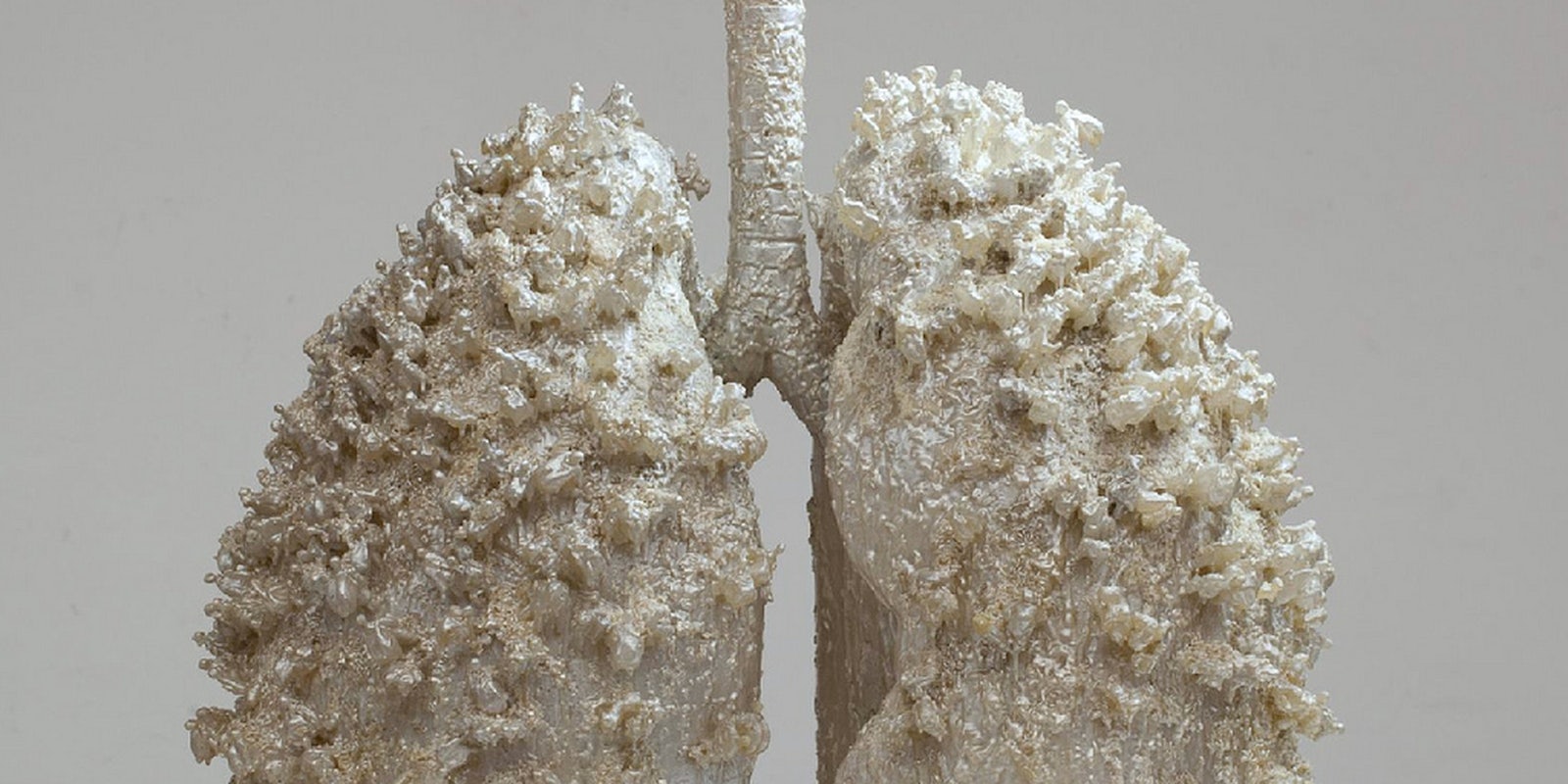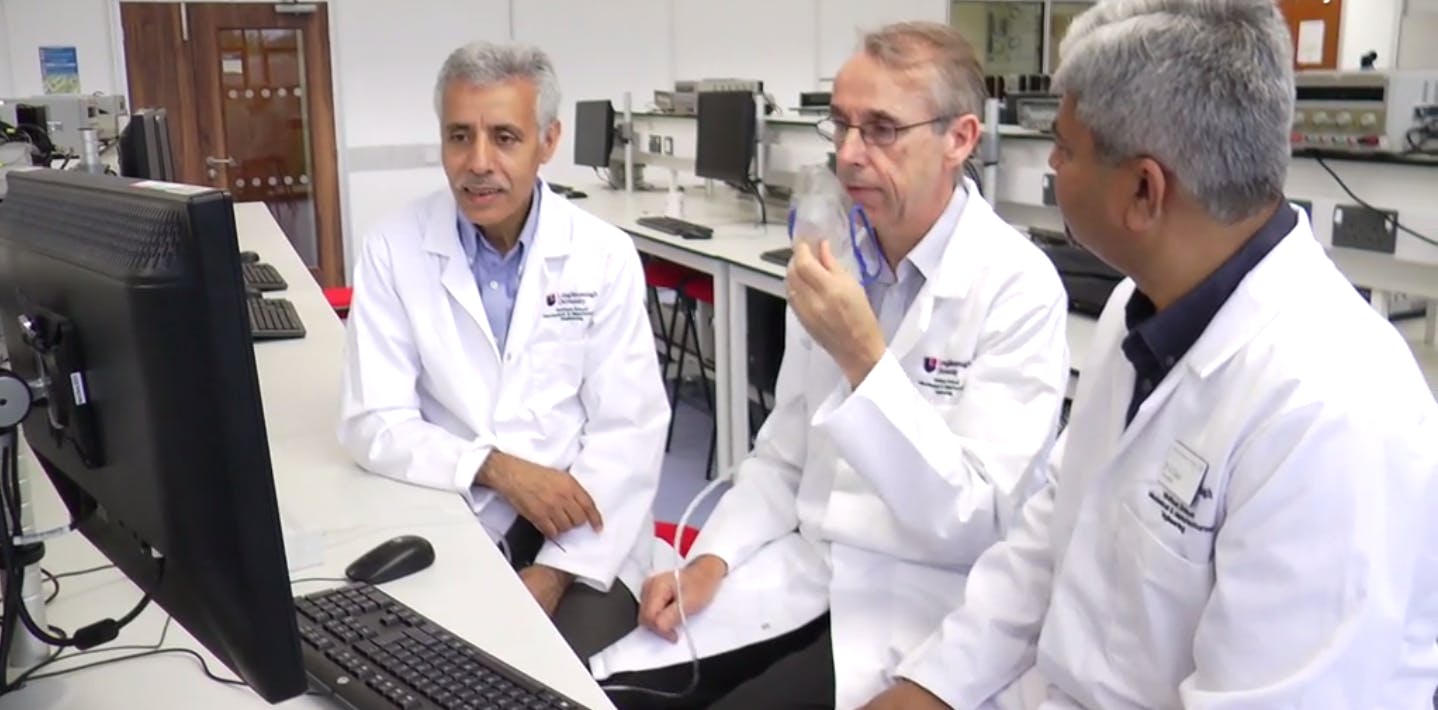When you’re body is almost entirely paralyzed and all you can do is breathe, communication can be impossible. But researchers at Loughborough University in England may have developed technology that can eliminate this problem.
The Loughborough researchers used pattern-recognition software to make their device recognize breathing patterns and associate a word or phrase with each type of breath. Once the computer analyzes the breath, it “speaks” for the person breath.
The computer can’t yet associate breathing patterns with words on the fly; known patterns must be programmed into the device, which limits what it can say on behalf of the user. But the researchers said that the device could improve its pattern-recognition abilities as more patients used it.
The Loughborough scientists’ machine joins a field of augmentative and alternate communication (AAC) devices designed to help people suffering from paralysis and loss of muscle control. Other AAC machines can produce speech from physical behaviors like blinking, hand gestures, nodding, and other small muscle movements. But people whose paralysis is extremely advanced can’t perform any of those movements, so the only option is breathing recognition.
The new project is believed to be the first of its kind. It is so sophisticated that researchers said even patients on ventilators might be able to use it.
“When it comes to teaching our invention to recognize words and phrases, we have so far recorded a 97.5 percent success rate,” Dr. David Kerr, a senior lecturer at Loughborough’s School of Mechanical and Manufacturing Engineering, told Phys.org. “Current AAC devices are slow and range from paper-based tools to expensive, sophisticated electronic devices. Our AAC device uses analogue signals in continuous form, which should give us a greater speed advantage because more information can be collected in a shorter space of time.”
The device is not on the market yet, but the researchers are working with a local hospital to continue testing and refining it.
H/T Phys.org | Photo via cea/Flickr (CC BY 2.0)



